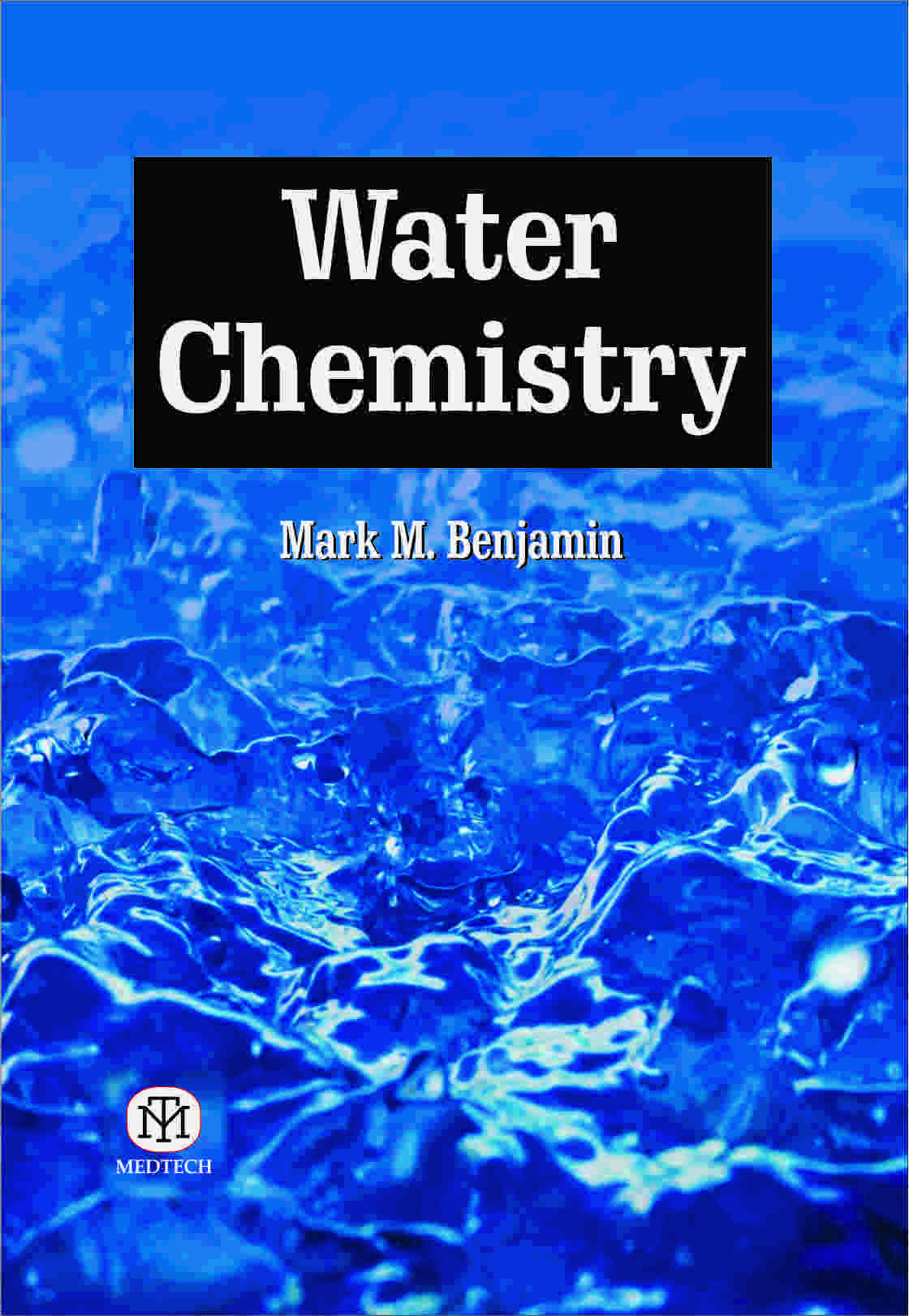Scientific International is a leading publisher of high-quality academic and scientific books across various fields. Our publications are authored by esteemed experts from India and globally, known for their academic excellence and pedagogical approaches. We publish under the MedTech imprint, a rapidly growing platform covering numerous disciplines. Our mission is to provide cutting-edge, accessible content that inspires curiosity and fosters learning, contributing to the global academic community and supporting students, professionals, and researchers worldwide.
Associated partner

WATER CHEMISTRY
Rs. 1195
| Attribute | Details |
|---|---|
| ISBN | 9789384007560 |
| Author | BENJAMIN |
| Subject | Chemistry |
| Binding | Paperback |
| Total Pages | |
| Copyright Year | 2015 |
Note : Price subject should be change on the website.
Intended for upper-level undergraduates or first-year graduate students who have a grasp of basic chemical concepts and thermodynamics, this rigorous and full-featured text introduces the principles and applications of chemical equilibrium in aquatic systems. Benjamin's writing style and presentation of topics are accessible. Topics build upon one another in a clear and logical fashion, and linkages between chapters are emphasized and constantly reinforced, ultimately providing a solid, thorough framework for understanding equilibrium in complex aquatic systems. Concepts are not only developed mathematically but also explained in terms of molecular structure and interactions. Numerous analogies from nonchemical systems round out the presentation and facilitate the development of an intuitive understanding of the concepts, while extensive example problems demonstrate their application to natural and engineered aquatic systems. Instructor resource materials, including solutions to end-of-chapter problems, are available on the author's Web site. Notable features! * Seamlessly integrates spreadsheet, graphical, and software approaches to solving for the equilibrium composition of a solution. * Demonstrates a simple, intuitive approach for identifying dominant species, and uses that approach to clarify frequently misunderstood concepts related to alkalinity and titrations. * Synthesizes the discussion of metal complexation and precipitation/ dissolution reactions, simultaneously demonstrating the complexity of such systems and the ways that simple concepts can be used to degrade the complexity and understand the systems. * Presents a unique and unified approach to understanding chemical thermody-namics, activity coefficients, redox potential, and electrostatic interactions in adsorption reactions.





 Continue With Google
Continue With Google
 Continue With Facebook
Continue With Facebook
